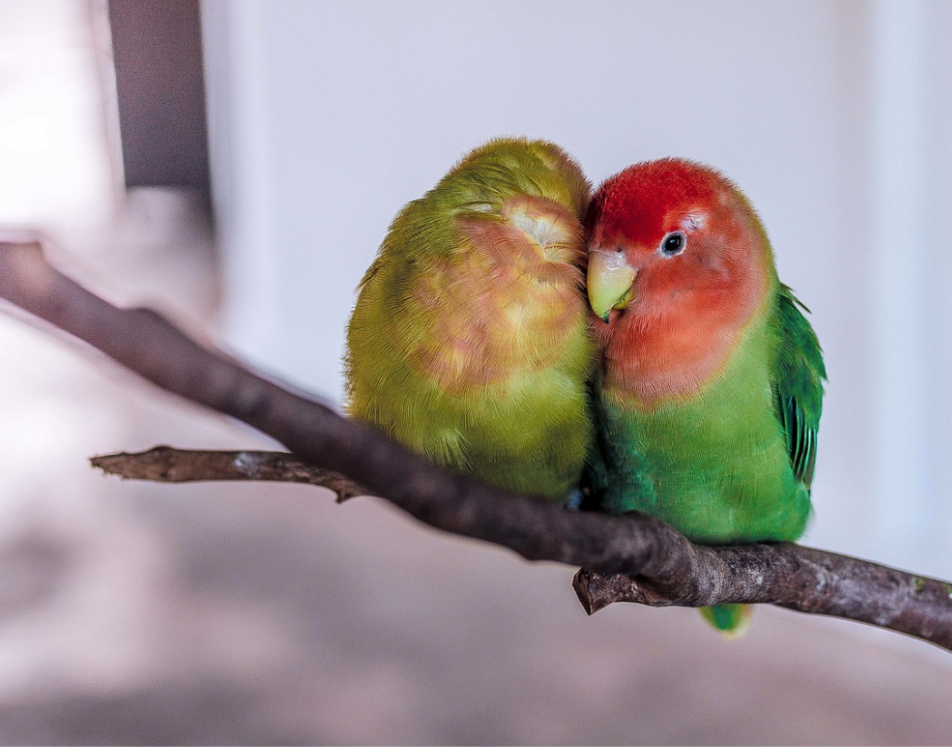I don’t remember the exact day my husband came home and changed our daily routine. We’d been married for over 15 years and had developed a good working relationship. That particular day he had been researching depression, my lifelong frenemy, and had come upon an article that had shouted out the effects that cuddling can have on people.
Snuggling releases a brain chemical called oxytocin, which some call the feel good hormone. It relieves pain, eases stress, lowers blood pressure, induces sleep, and boosts your immune system. Who wouldn’t want it?

Human touch also lowers your cortisol levels. Cortisol is a stress hormone that causes the feeling of anxiety (not to mention weight gain, which makes us more anxious). Nobody wants that. Physical touch also releases dopamine and serotonin; both hormones which are necessary for a healthy and happy brain.
Human beings thrive on contact. But people with depression tend to push people away, which in reality is the worst thing they can do. So when my husband announced that we were going to start his anti-depression campaign through snuggling, I wasn’t so sure.
He insisted and persisted.
Every night he came home and told the kids that mom needed snuggle time before anything else could happen. It may have only lasted 5-10 minutes, but it was something to look forward to. Over the years, it’s become something of a tradition. Our children, now older, mock us incessantly over our snuggling. Of course, they want to be snuggled too, they just don’t want to say it. When my hubs gets home from work, it’s the first question out of his mouth. “Can we have snuggle time?” The kids groan and we snuggle. I think it may be his favorite activity now. It may not cure the depression, but it has definitely helped. And knowing that someone has my happiness at heart has drawn our marriage closer.
